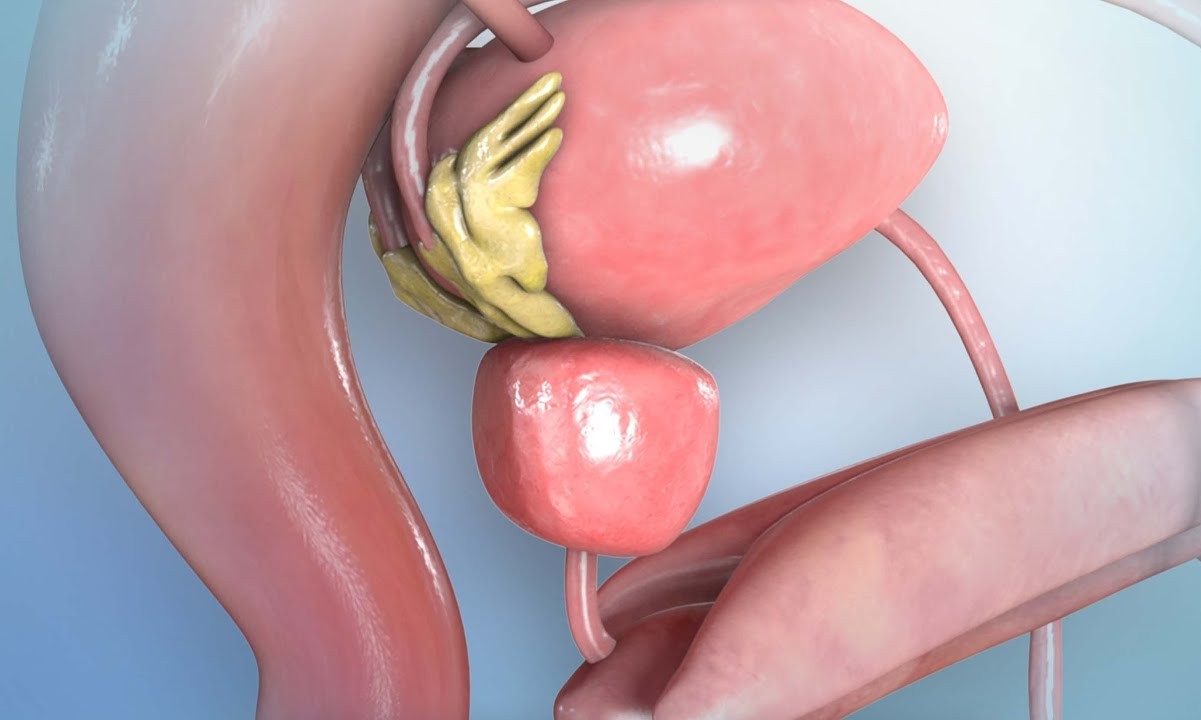
What is Prostatomegaly? Prostatomegaly, also known as an enlarged prostate, is a condition where the prostate gland grows larger than usual. This gland, found only in men, plays a key role in the reproductive system by producing seminal fluid. Why does it happen? Aging is the most common cause, but other factors like hormonal changes, genetics, and lifestyle can contribute. How does it affect you? Symptoms often include difficulty urinating, frequent urges to urinate, and a weak urine stream. Is it serious? While not always dangerous, it can lead to complications like urinary tract infections or bladder stones if untreated. What can you do? Treatments range from lifestyle changes and medications to surgical options, depending on severity. Understanding prostatomegaly helps in managing and treating this common condition effectively.
What is Prostatomegaly?
Prostatomegaly, commonly known as an enlarged prostate, is a condition that affects many men, especially as they age. Understanding this condition can help manage symptoms and improve quality of life.
- Prostatomegaly is the medical term for an enlarged prostate gland.
- The prostate is a small gland located below the bladder and in front of the rectum.
- This gland plays a crucial role in male reproductive health by producing seminal fluid.
Causes of Prostatomegaly
Several factors contribute to the development of an enlarged prostate. Knowing these can help in early detection and treatment.
- Aging is the most common cause of prostatomegaly.
- Hormonal changes, particularly in testosterone and estrogen levels, can lead to prostate enlargement.
- Genetics may also play a role, as men with a family history of prostate issues are more likely to develop prostatomegaly.
Symptoms of Prostatomegaly
Recognizing the symptoms early can lead to better management and treatment options.
- Frequent urination, especially at night, is a common symptom.
- Difficulty starting urination or a weak urine stream can indicate an enlarged prostate.
- Feeling that the bladder is not completely empty after urination is another symptom.
- In some cases, prostatomegaly can cause urinary tract infections due to incomplete bladder emptying.
Diagnosis of Prostatomegaly
Proper diagnosis is essential for effective treatment. Various methods are used to diagnose this condition.
- A digital rectal exam (DRE) is often the first step in diagnosing prostatomegaly.
- Prostate-specific antigen (PSA) blood tests can help detect prostate issues.
- Ultrasound imaging may be used to measure the size of the prostate.
- Urodynamic tests assess how well the bladder and urethra store and release urine.
Treatment Options for Prostatomegaly
Several treatment options are available, ranging from lifestyle changes to medical procedures.
- Lifestyle changes, such as reducing caffeine and alcohol intake, can help manage symptoms.
- Medications like alpha-blockers and 5-alpha reductase inhibitors are commonly prescribed.
- Minimally invasive procedures, such as transurethral microwave therapy (TUMT), can reduce prostate size.
- In severe cases, surgical options like transurethral resection of the prostate (TURP) may be necessary.
Complications of Prostatomegaly
If left untreated, prostatomegaly can lead to several complications.
- Chronic urinary retention can occur, leading to bladder damage.
- Kidney damage may result from prolonged urinary retention and backflow of urine.
- Bladder stones can form due to incomplete bladder emptying.
- In rare cases, prostatomegaly can lead to acute urinary retention, a medical emergency requiring immediate attention.
Prevention of Prostatomegaly
While not all cases can be prevented, certain measures can reduce the risk.
- Maintaining a healthy weight and regular exercise can lower the risk of prostate enlargement.
- A diet rich in fruits, vegetables, and healthy fats supports prostate health.
- Regular medical check-ups can help detect early signs of prostatomegaly.
- Avoiding smoking and limiting alcohol consumption also contribute to prostate health.
Understanding Prostatomegaly
Prostatomegaly, or an enlarged prostate, affects many men as they age. Knowing the symptoms, causes, and treatment options can make a big difference. Common signs include frequent urination, difficulty starting or stopping urination, and weak urine flow. Causes range from hormonal changes to lifestyle factors. Treatments vary from medications and lifestyle changes to surgical options for severe cases.
Early detection and regular check-ups are key. If you notice any symptoms, consult a healthcare professional. They can provide guidance tailored to your specific situation. Staying informed and proactive can help manage prostatomegaly effectively, improving quality of life.
Remember, knowledge is power. Understanding prostatomegaly helps in making informed decisions about your health. Stay vigilant, stay healthy.
Was this page helpful?
Our commitment to delivering trustworthy and engaging content is at the heart of what we do. Each fact on our site is contributed by real users like you, bringing a wealth of diverse insights and information. To ensure the highest standards of accuracy and reliability, our dedicated editors meticulously review each submission. This process guarantees that the facts we share are not only fascinating but also credible. Trust in our commitment to quality and authenticity as you explore and learn with us.
